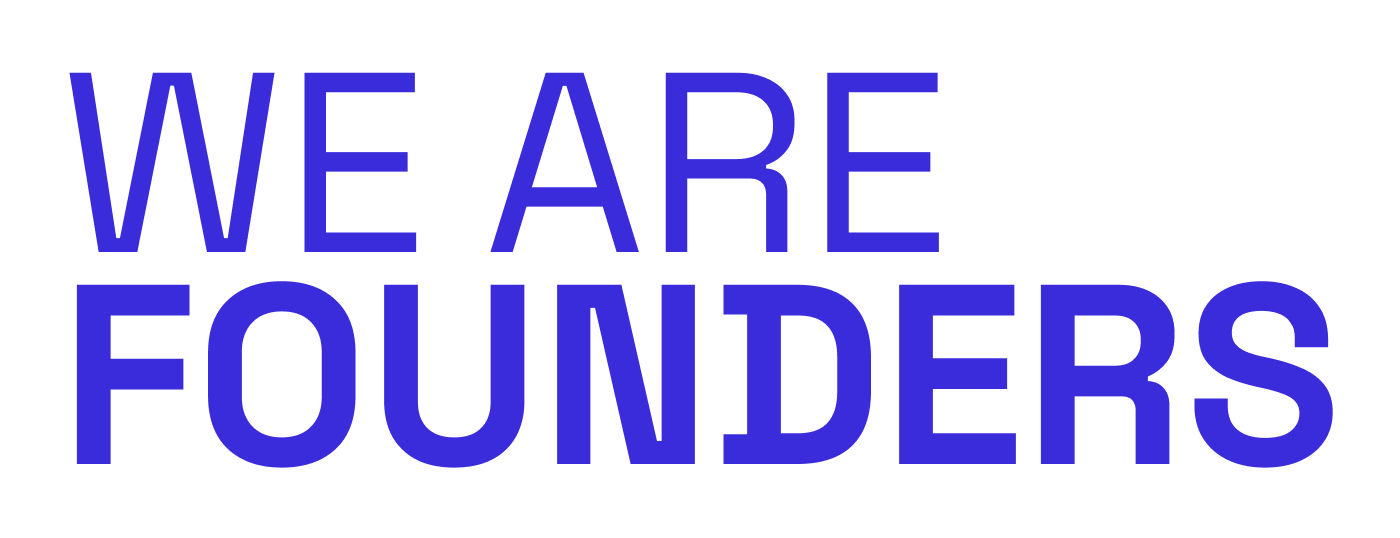SaaS is a software delivery model in which a third-party provider hosts and maintains the application and makes it available to customers over the internet, usually for a recurring fee.
Think of it as renting software rather than buying it. Instead of purchasing a physical CD or a perpetual license to install software locally (the on-premise model), you access the application via a web browser or a mobile app, and your data is stored securely in the cloud. Examples include Slack, Salesforce, Netflix, and HubSpot.
The Financial Advantage The subscription model is what makes SaaS so attractive to investors:
- Predictable Revenue: Because customers pay monthly or annually, SaaS companies have highly predictable recurring revenue (MRR and ARR). This makes forecasting easy and reduces financial risk.
- High Margins: Once the software is built, the cost to serve an additional customer (hosting, support) is extremely low, leading to high Gross Margins (often 75%–95%).
- Customer Relationship: The recurring payments necessitate continuous customer engagement, which incentivizes ongoing product updates and maintenance, leading to better customer retention.
The Delivery Advantage For the customer, SaaS eliminates the headache of installation, maintenance, and server management. Updates are pushed out automatically by the provider, ensuring everyone is always on the latest, most secure version.
Key Takeaway: SaaS is the modern standard. Its predictable revenue streams and high margins are the engine that powers the high valuations seen in the tech sector.


